The 21st has opened up opportunities for artists to put a modern twist on still life images. While keeping the original ideas from Vanitas, contemporary still life incorporates what is important to people now, such as technology, with the same ideas about vanity and mortality.
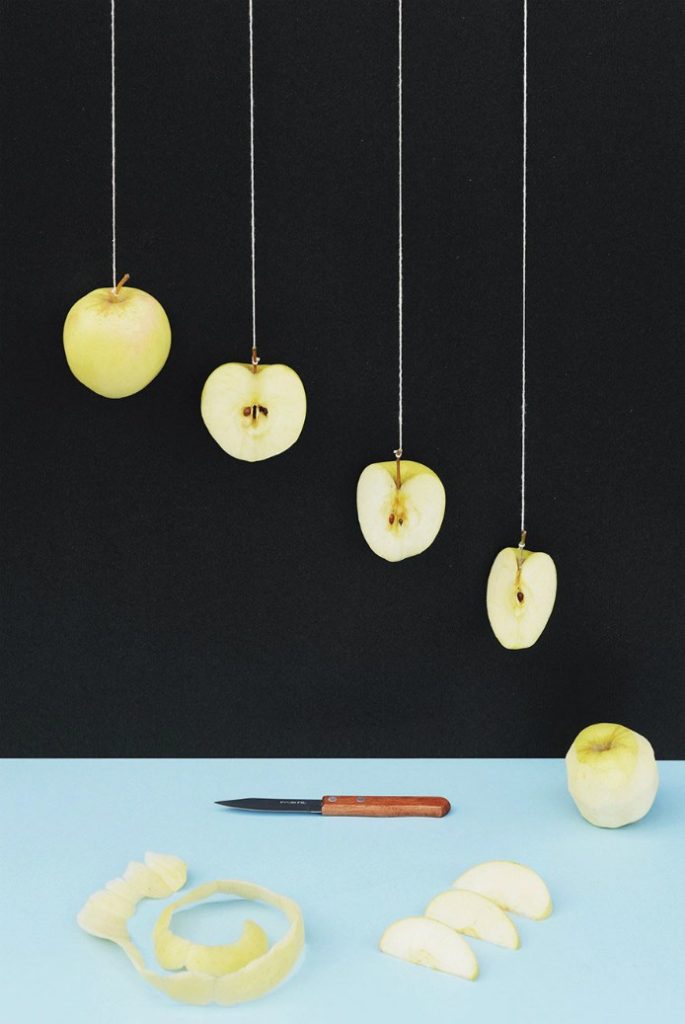
Tabea Mathern 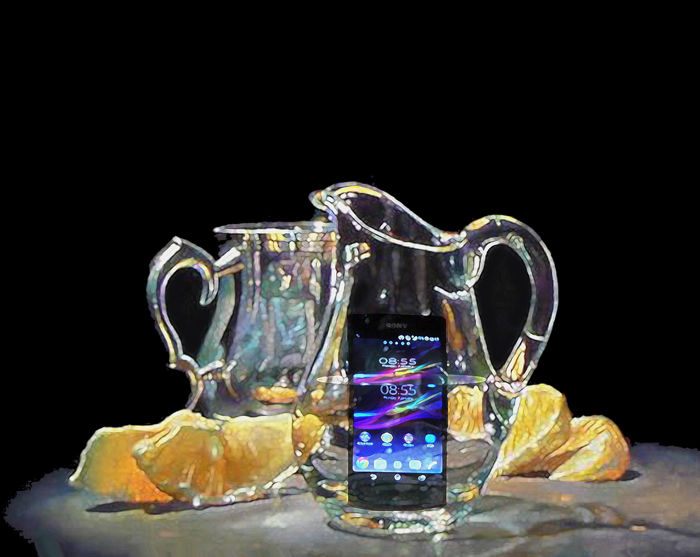
Lidia McGrigor

Krista van der Niet 
Jonathan Knowles
Ori Gersht:
Israeli photographer and video creator, Ori Gersht demonstrates interesting ideas in his still life, favouring obvious choas and and violence rather than more subtle symbols shown in classic vanitas images.
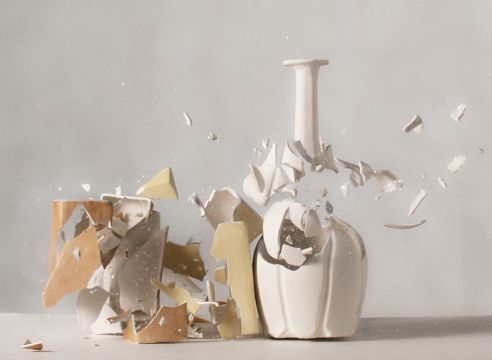
Fragile Land, 2018 
Liquidation, 2005 
Floating World, 2016 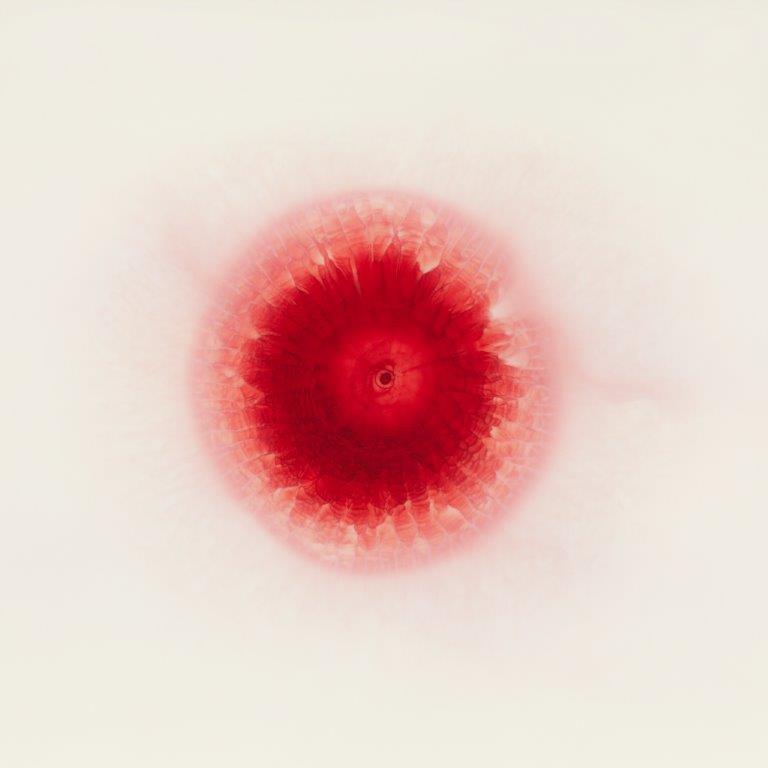
Love Me Love Me Not, 2013 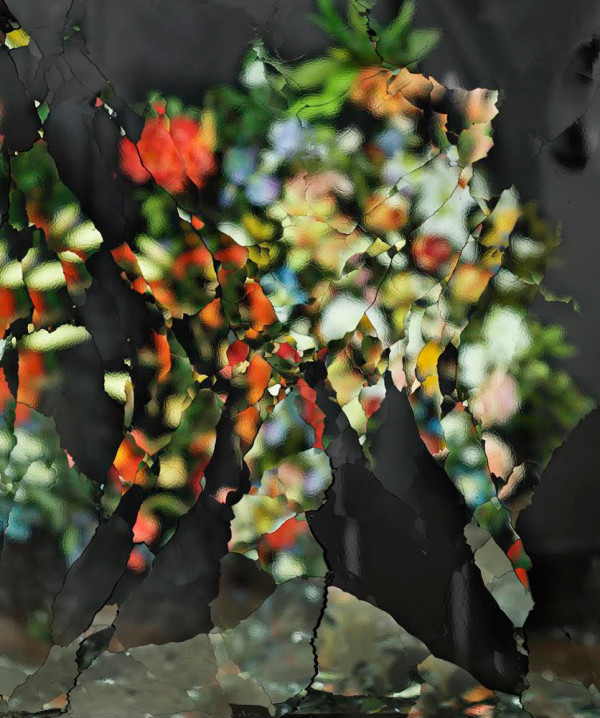
On Reflection, 2014 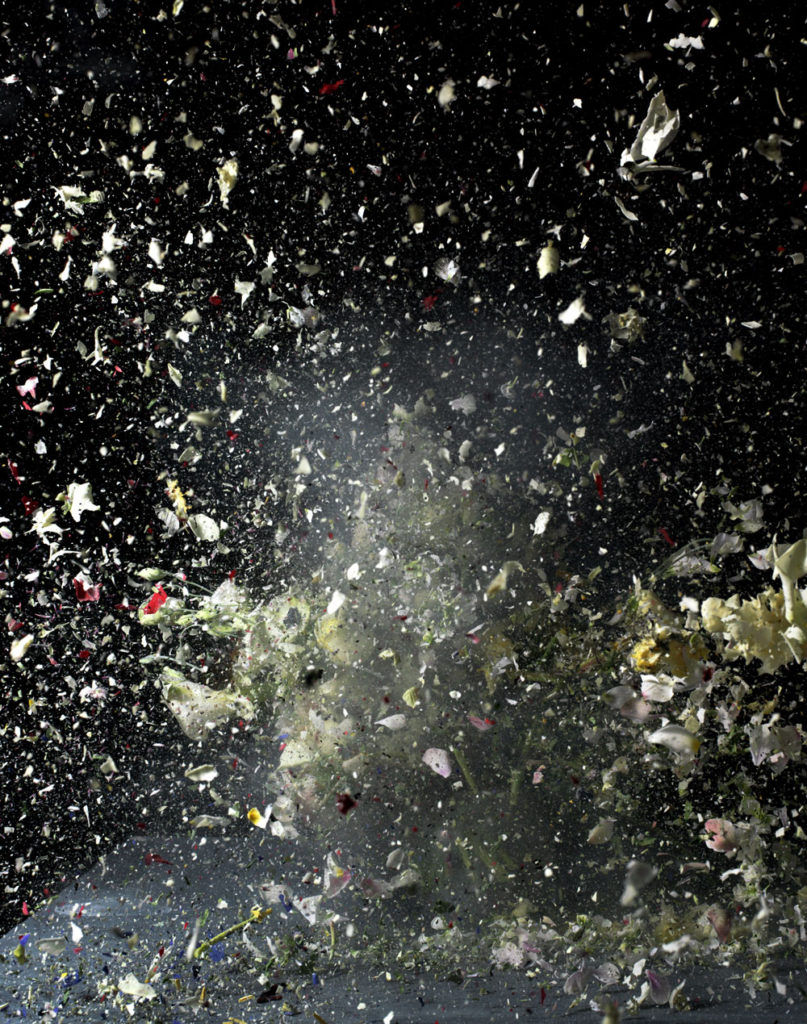
Time After Time, 2007
Most of Gersht’s photographs focus on what can be considered morbid ideas. He looks at the effects of violence, the distortion and perception of reality and draws inspiration from his own Jewish background. It is clear that Gersht wants to show the harsh truths that many of us are afraid to admit. For example, 2003’s ‘Apocalypse’ shows the effects human activity is having on the environment by capturing the aftermath of an oil spill in Spain.
“In many of my works, there is an act of destruction, which for me is kind of challenging the very notion of the still life because traditionally there is an eternal preservation,”
Analysis:
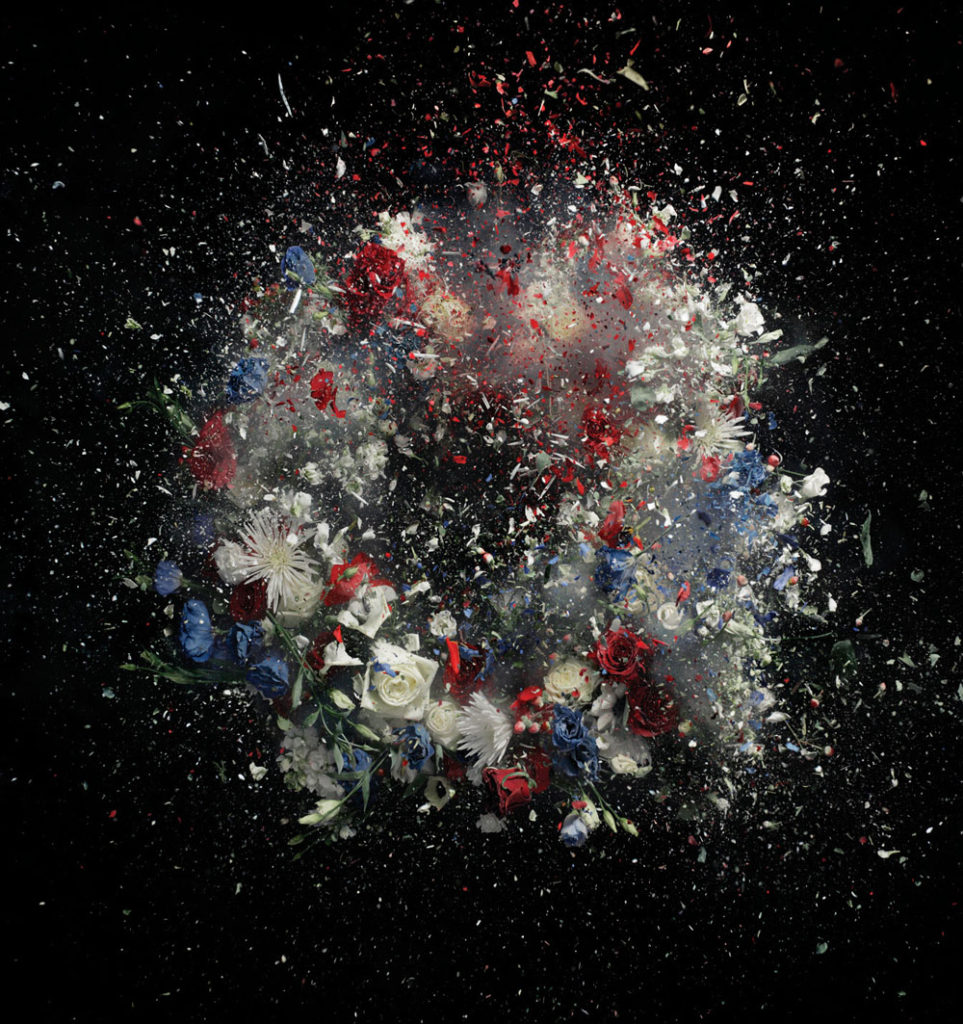
Visual:
Similar to Vanitas still life, this images represents the fragile nature of life by showing how easily something can be destroyed. Flowers are typically used to symbolise peace, however, Gersht uses his image subject them violence.
The image also clearly shows that the flowers were arranged to form a wreath. Wreaths can symbolise eternity due to their seemingly never ending appearance. However, this would crontradict the message of the Vanitas inspired image, suggesting that life continues or is never ending. A second and more likely meaning could come from the wreaths symbolism in Christianity. In Christianity, the wreath symbolises the circle of life. A part of this includes death. The image may be trying to show that everything has it time and death is part of the circle of life.
